BAC 1-11 US Air
Production Time 9 to 10 weeks
Shipment is by FedEx, UPS or DHL International Express Courier with a normal door-to-door delivery time worldwide of within 2-3 business days after dispatch. Due to the current volatility of world fuel prices, the amount mentioned here is our best estimate for DHL and UPS and may be subject to change at the time of shipping.

Model Description: BAC 111 US Air Wood Replica Scale Custom Model Aircraft
Manufacturer: British Aircraft Corporation (BAC)
Wingspan: 16.1 Inches (40.9 Centimeters)
Height: 4.5 Inches (11.4 Centimeters)
Scale: 1:66
Price for Regular Model as Size and Scale above: $239.50
$179.50 – $329.50
-
United States dollar ($)
-
Pound sterling (£)
-
Euro (€)
-
Australian dollar ($)
-
Canadian dollar ($)
-
Singapore dollar ($)
-
Swiss franc (CHF)
-
Japanese yen (¥)
-
Danish krone (kr.)
-
Hong Kong dollar ($)
-
Norwegian krone (kr)
-
Swedish krona (kr)
-
United Arab Emirates dirham (د.إ)
General Product Description
Our PlaneArts BAC 1-11 US Air model exhibits unique, unrivaled quality and detailed design to come as close as possible to the accuracy of the actual plane. It comes as standard with a robust, durable base or stand which is available in a variety of different finishes designed to match your own personal requirements including solid wood, wood with polished metal supports or adjustable wood wall mount and will be ready within about 9-10 weeks from placement of order.
The BAC 1-11 US Air model is made of the finest kiln dried renewable mahogany wood (commonly known as Lauan or Meranti) which has undergone many stages of carving and meticulous and careful sanding giving the beautiful finished museum quality masterpiece. Many collectors and model connoisseurs demonstrate their preference for genuine handmade and hand painted mahogany wood models rather than plastic or die cast (diecast) alternatives due to the overall look and totally different feel of the item - we trust you will find the same. We can, however, if required produce the same model in Solid Cast Resin so just click and contact us us for further information. Our craftsmen and gifted artisans ensure that our finely handcrafted model airplanes match the precise blueprint details of the original aircraft. The paint scheme, markings and parts are closely matched, reflecting the original aircraft. This stylish top-quality desktop replica model will surely enthrall anyone who receives this as a gift and for sure one of the most appropriate and desirably collectable gifts for any aviation enthusiast and avid aircraft collector whilst also displaying a perfect resemblance to the actual aircraft.
If you require we can also make the BAC 1-11 US Air model in any other airline, private livery or colour scheme you require and if necessary in a different size or scale. Just click here to contact us with a description or photographs of what you require, and we will let you have a quotation for the necessary customization by return email. We can also make bespoke scale replicas of any other private / civil commercial airliner or airliners, helicopter, glider, gliders with engines, military jet, warplane jets, propeller warplanes, biplane, triplane, tail fin, spacecraft, rocket or NASA model you require in any airline, military or civilian livery or colors. We also produce model airships, blimp, dirigible, blimps, boat and ship collectibles. Wall plaque or seal for military, government or private customers. Again, by clicking here to contact us just let us know exactly what you need.
The BAC 1-11 in U.S. Air Service: A Look at a British Jetliner’s Legacy Across the Atlantic
The BAC 1-11, a British twin-engine short-haul jet airliner, holds a unique place in the history of aviation. Manufactured by the British Aircraft Corporation (BAC), the aircraft enjoyed a global presence, including a significant role in U.S. commercial and private aviation. While not as widely used in the United States as homegrown models like the Douglas DC-9 or Boeing 737, the BAC 1-11 found its way into the fleets of a few American carriers and charter companies, contributing to its diverse legacy in international aviation.
Origins and Development of the BAC 1-11:
The BAC 1-11 was initially designed by Hunting Aircraft, a British company that was later merged into BAC. Designed for the short-haul market, the BAC 1-11 was tailored to meet the increasing demand for quick, efficient regional flights. First flown in 1963, the aircraft gained traction with European carriers and beyond, thanks to its reliability and economic efficiency.
With seating for 80-119 passengers depending on the configuration, the BAC 1-11 was powered by twin Rolls-Royce Spey turbofan engines, which allowed it to achieve respectable performance and fuel efficiency for its class. Its robust build and straightforward design helped it withstand the test of time, remaining operational in various roles even after its production ceased in 1982.
The BAC 1-11’s Entry into the U.S. Market:
Though primarily a European aircraft, the BAC 1-11 attracted attention from American carriers looking for an alternative to U.S.-made short-haul jets. Its entry into the U.S. market was largely facilitated by Braniff International Airways, which became the first American airline to operate the BAC 1-11. The airline took delivery of its first aircraft in 1965, introducing a touch of British engineering to U.S. skies.
Braniff’s interest in the BAC 1-11 was driven by the aircraft’s ability to operate efficiently on short routes and from smaller airports, a niche that Braniff sought to dominate. However, due to rising competition from American-manufactured aircraft, Braniff eventually phased out the BAC 1-11 in favor of models like the Boeing 727.
Key Features that Attracted U.S. Operators:
Several features made the BAC 1-11 attractive for U.S. operations, especially for smaller carriers:
- Economic Operation: The BAC 1-11 was economical to operate, particularly on shorter routes, making it appealing for regional carriers.
- Performance: Its powerful Rolls-Royce engines and relatively light frame allowed it to perform well from smaller airports, an advantage for reaching underserved areas.
- Range and Passenger Capacity: With a range of approximately 1,200 miles (depending on the model), the BAC 1-11 could easily cover regional routes. Its seating capacity suited mid-sized routes that would be costly with larger jets.
- Reliability: The aircraft’s straightforward design contributed to its reputation for reliability, a critical factor for U.S. airlines in highly competitive markets.
Use in the Private and Charter Markets:
Beyond commercial service, the BAC 1-11 found a niche in the private and charter sectors in the United States. Its relatively low operating costs and capacity made it ideal for corporate and government use. A modified version of the BAC 1-11 even served as a flying testbed for avionics and other technologies, particularly with the U.S. Federal Aviation Administration (FAA).
One notable example was the use of a BAC 1-11 by the FAA, which employed the aircraft to test navigation and radar systems. This adaptability for testing purposes further emphasized the BAC 1-11’s versatility, allowing it to extend its operational life long after many other jets of its era were retired.
Challenges and Competition:
Despite its early success in the U.S. market, the BAC 1-11 faced significant challenges. The rise of the Boeing 737 and Douglas DC-9, both of which offered similar capacities and performance but with local manufacturing support and lower costs for U.S. airlines, made it difficult for the BAC 1-11 to maintain a strong foothold. Additionally, by the 1970s, strict noise regulations and fuel economy concerns posed operational limitations for many BAC 1-11 operators, both in the U.S. and abroad.
The BAC 1-11’s engines, while reliable, were comparatively noisy, making it difficult to comply with the evolving noise standards in the U.S. This noise factor, combined with the aging design, led to the gradual retirement of the BAC 1-11 from commercial service in the United States by the 1980s.
The Legacy of the BAC 1-11 in the U.S.
While its time in the U.S. commercial airline sector was relatively short-lived, the BAC 1-11 remains an iconic aircraft with a lasting legacy. It introduced American passengers to British-engineered jetliners, showcased versatility in both commercial and private uses, and contributed to technological testing advancements within the aviation industry.
In retrospect, the BAC 1-11 represents a unique chapter in aviation history, bridging the Atlantic not only geographically but technologically. Today, a handful of BAC 1-11s are preserved in museums, while some continue flying in specialized roles worldwide. Its place in U.S. aviation history, albeit modest, highlights the global reach of the BAC 1-11 and its influence on short-haul jet travel in the mid-20th century.
| Weight | 6 kg |
|---|---|
| Dimensions | 17 × 16.1 × 4.5 in |
| Alternative Scale and Sizes | Scale = 1:200 Length = 5.60 in. (14.30 cm) = Wingspan = 5.30 in. (13.50 cm) (reduced freight charge will show before final checkout), Scale = 1:144 Length = 7.80 in. (19.80 cm) = Wingspan = 7.40 in. (18.70 cm) (reduced freight charge will show before final checkout), Scale = 1:100 Length = 11.20 in. (28.50 cm) = Wingspan = 10.60 in. (27.00 cm) (reduced freight charge will show before final checkout), REGULAR MODEL AS SHOWN ABOVE: SCALE = 1:66 LENGTH = 17.0 in. (43.20 cm) = WINGSPAN = 16.10 in. (40.90 cm) (freight charge will be shown during final checkout), Scale = 1:72 Length = 15.60 in. (39.60 cm) = Wingspan = 14.80 in. (37.50 cm) (increased freight charge will show before final checkout) |


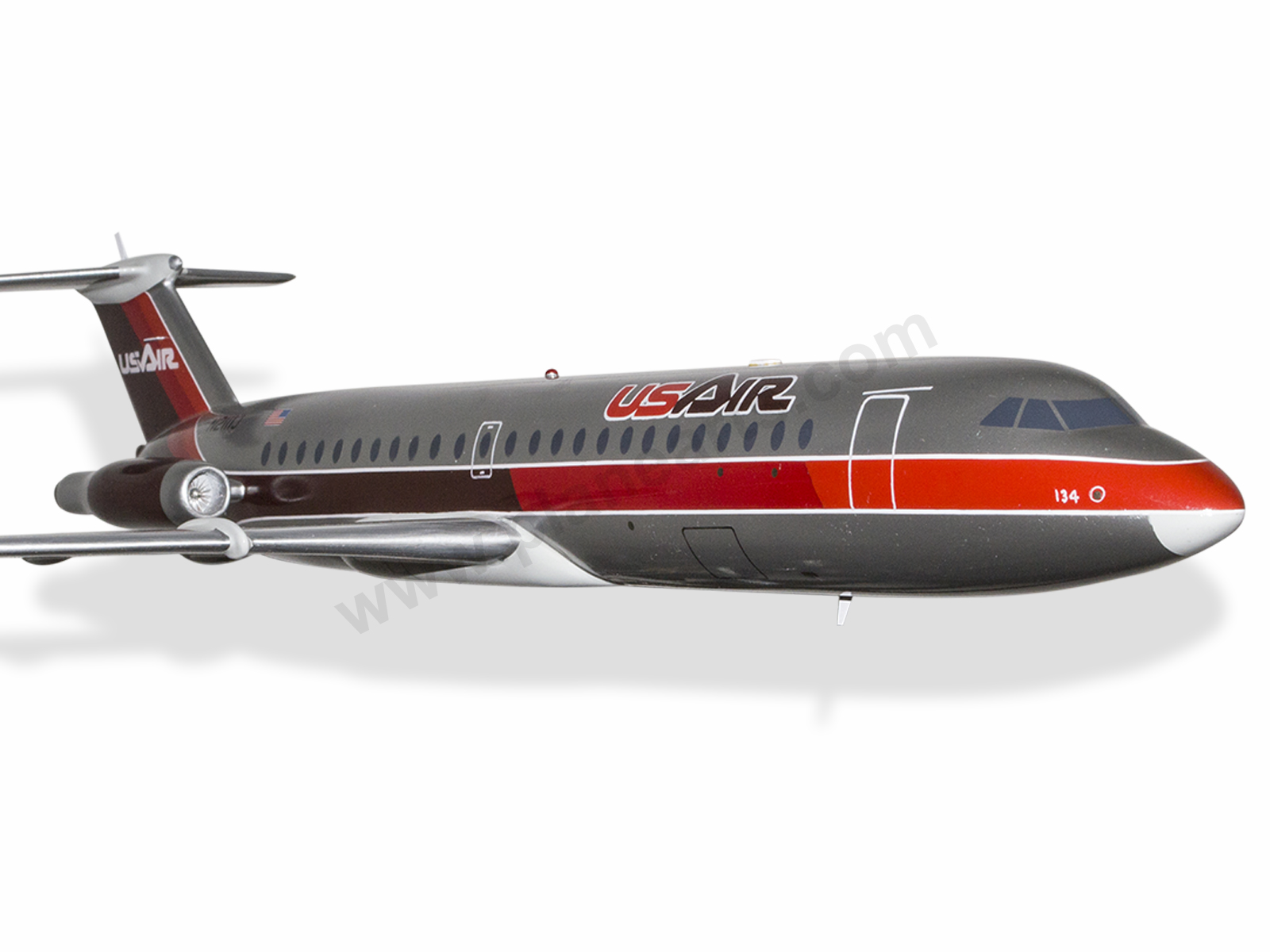
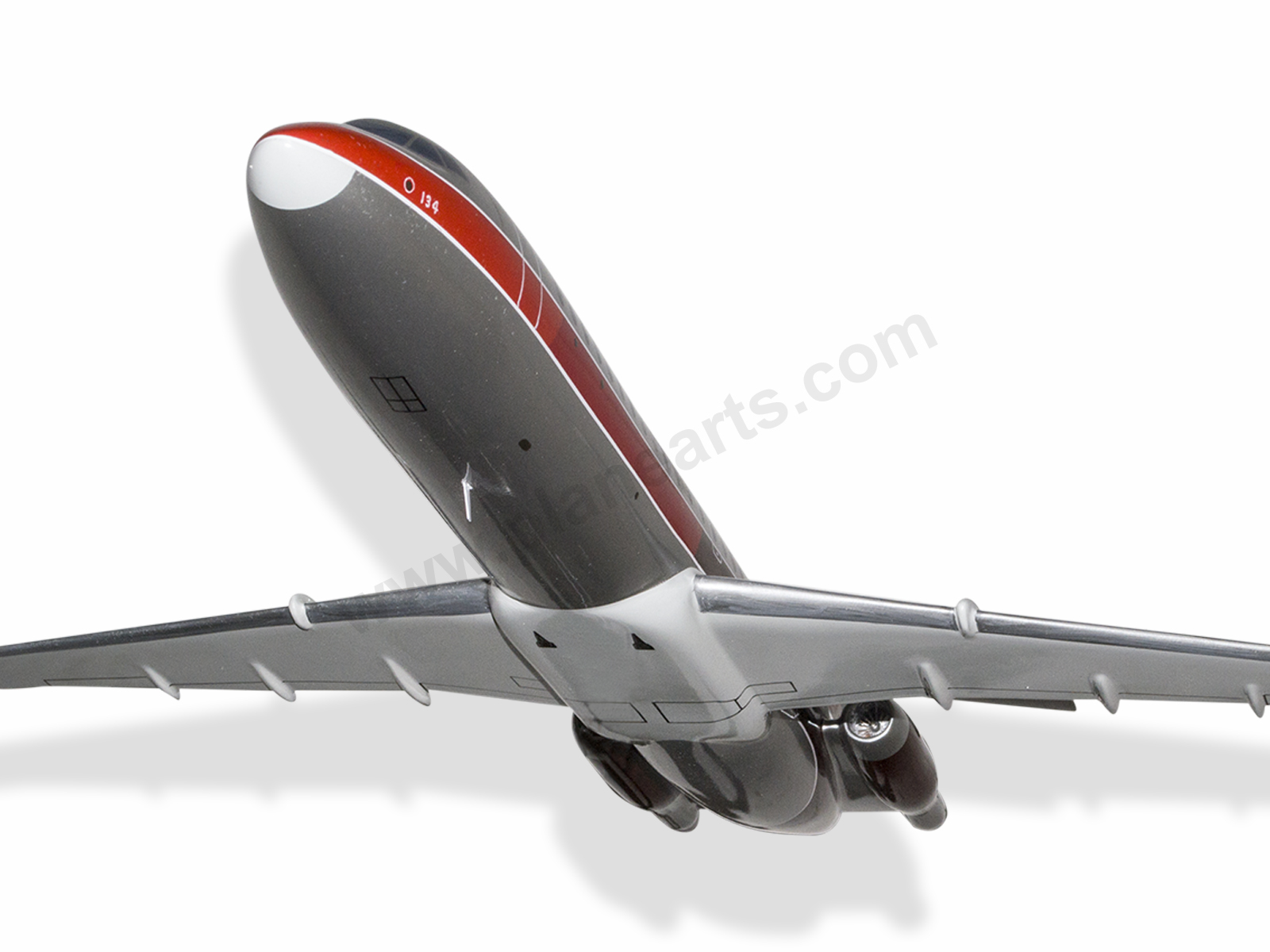
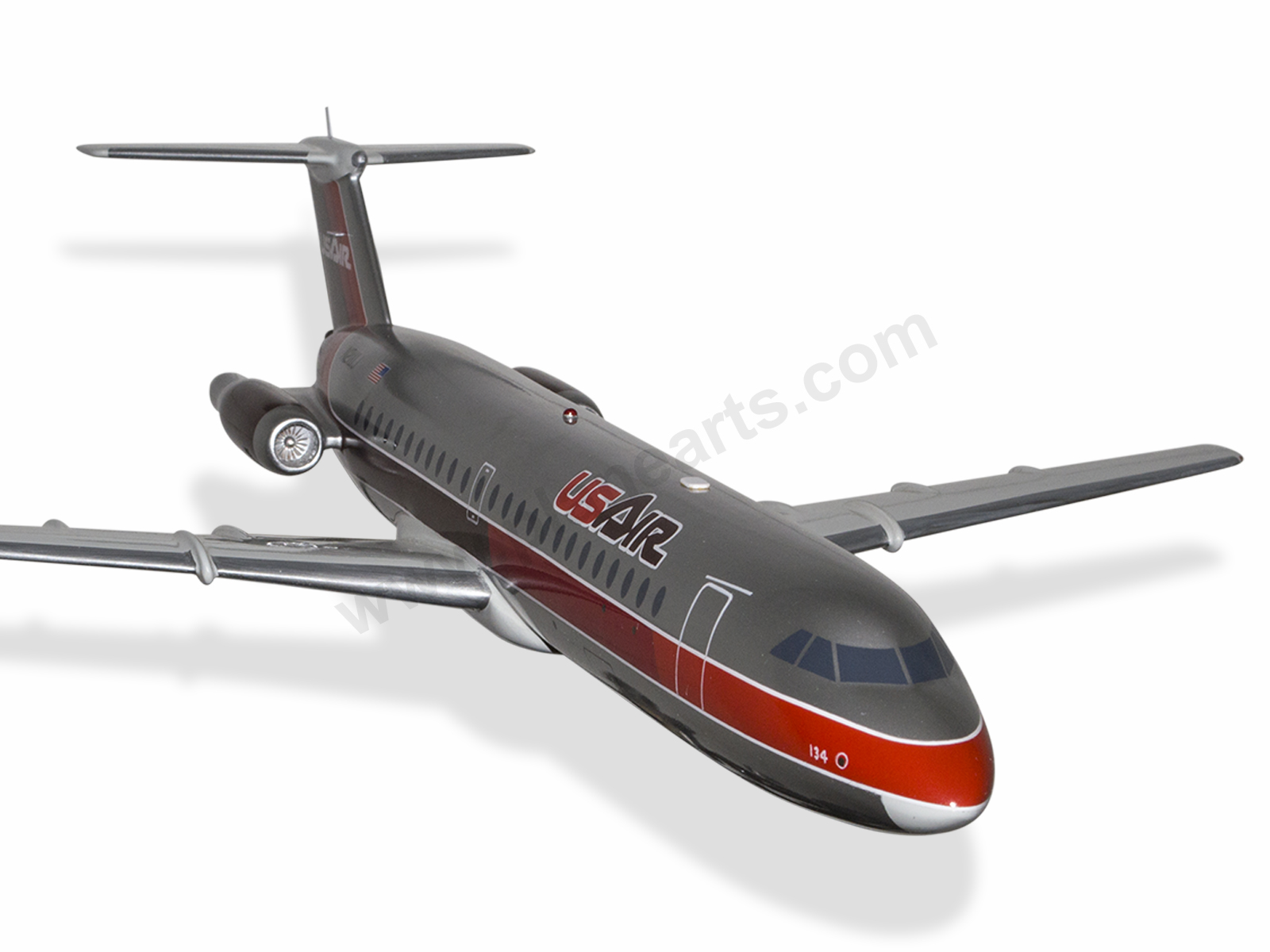

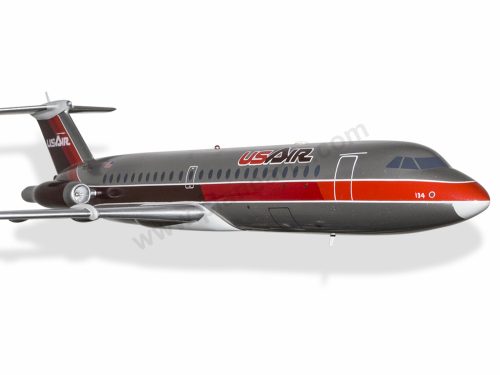
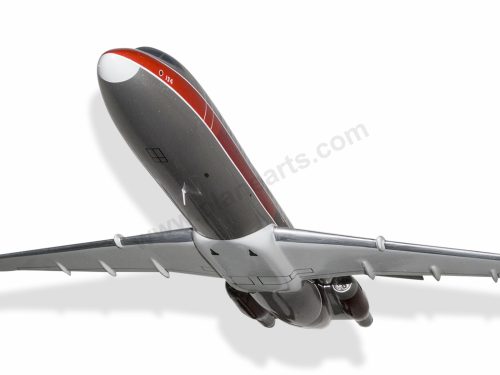
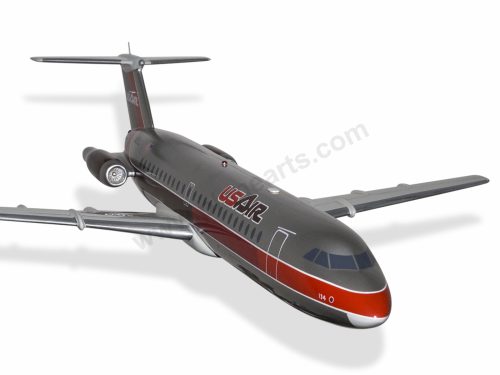
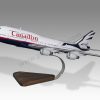
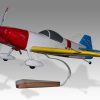
Reviews
There are no reviews yet.